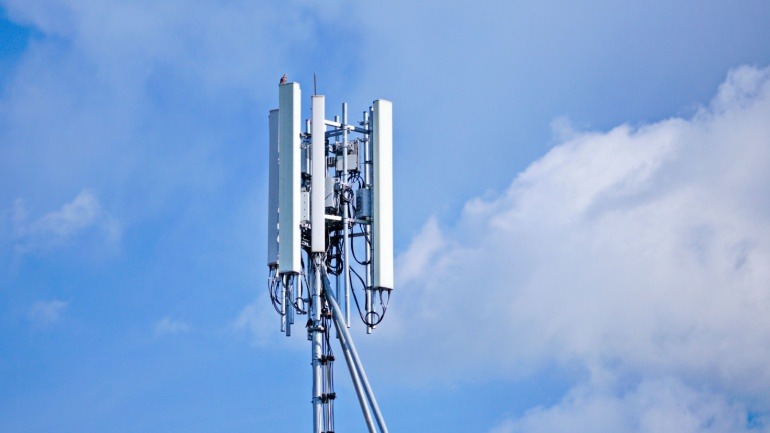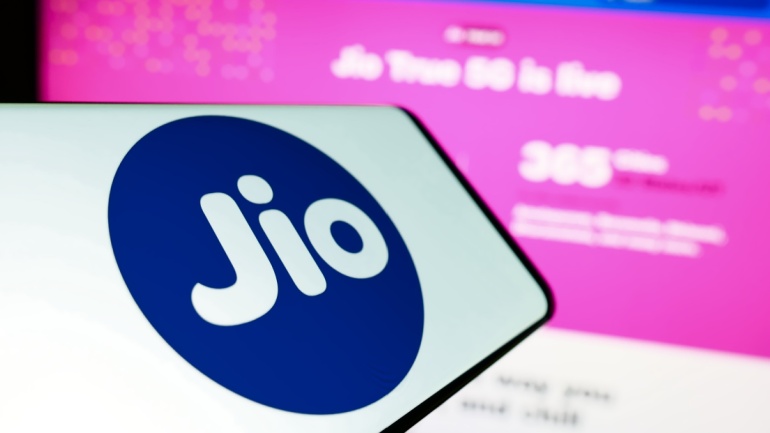Today, we all recognize that the ability to retain and port phone numbers across different service providers is critical for both businesses and individuals. The process of porting numbers within a single country has evolved in recent years, and moving a telephone number from one provider to another has become relatively straightforward. However, these procedures become significantly more complex and sometimes less reliable when porting across international borders. Different countries have disparate telecom networks, as well as their own technical standards, regulatory frameworks, and operational procedures. All these components must be coordinated or integrated to enable successful global number porting. It is important for subscribers who use international telecom services to understand the challenges of global number porting, to have realistic expectations of the process, and to be able to ask relevant questions. This article sheds light on the complexities involved in global porting services, and the broader implications for consumers…
In a landmark move for UK telecoms, Ofcom introduces regulations mandating clear pricing transparency for telecom services. No more unexpected mid-contract price hikes—providers must now clearly outline price changes.
Nokia and Zain KSA have teamed up to revolutionize indoor mobile connectivity in Saudi Arabia by introducing the first 4G/5G Femtocell solution in the region. This partnership aims to improve indoor network coverage for enterprises, ensuring seamless and efficient communication.
DIDWW is expanding its Emergency Calling services to China, offering businesses reliable access to Public Safety Answering Points. This enhancement ensures seamless emergency connectivity, promoting safety, compliance, and trust.
The Adani Group’s ambitious industrial 5G plans have hit a standstill. Despite acquiring mmWave spectrum for $27 million in 2022, no private networks have been deployed, drawing penalties from India’s DoT.
Vodacom and Orange have launched a joint venture in the Democratic Republic of Congo, focused on improving mobile network coverage through solar-powered base stations. This initiative targets expanding connectivity for underserved regions and enhancing mobile and financial services.
Virgin Media O2 will deactivate its 3G network in Durham by April 2025 as part of a UK-wide shutdown plan. Customers with outdated devices are urged to upgrade to maintain mobile services.
Ericsson’s NetCloud Assistant (ANA) is a generative AI chatbot designed to enhance the management of enterprise 5G networks. Integrated with the NetCloud AIOps dashboard, ANA delivers personalized, efficient network diagnostics and configuration advice, improving operational speed.
Nokia has joined forces with Openreach to deploy its ONE Network platform to enhance fibre network automation across the UK. By leveraging Nokia’s Altiplano and NSP controllers, Openreach can automate its fibre services.
Reliance Jio Infocomm is accelerating its 5G services monetization through Jio AirFiber, targeting one million new users in a month. The company’s strategic drive for customer expansion aligns with its goal of potentially launching an IPO by 2025.













